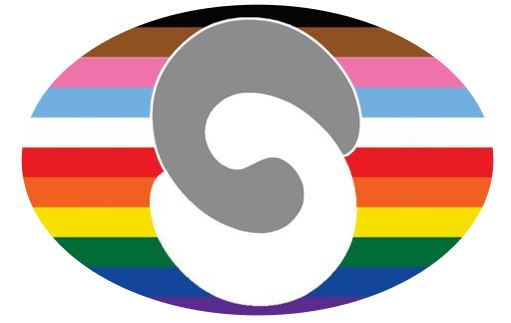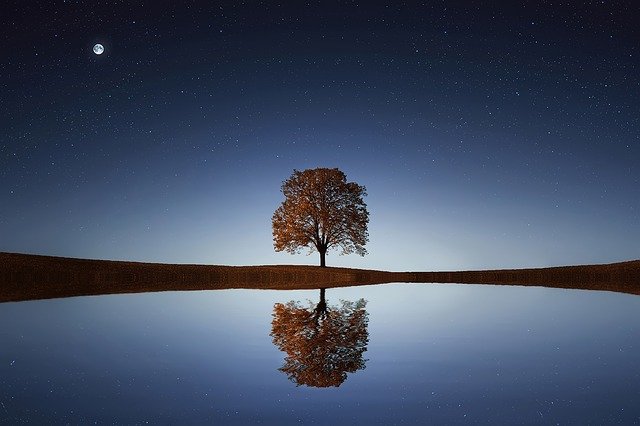I’m really bad at feeding myself. I’ve always struggled with keeping consistent mealtimes. Caring for my body can sometimes be an afterthought, and I tend to only notice my hunger when it’s a bit too late, and I have to scramble to eat something – anything – to be able to continue to function.
As I tell you this, I feel a little embarrassed and sheepish. But I don’t really feel shame. Talking about hunger and food isn’t too charged of topic for me.
But what if we were talking about a different type of need, like the need for connection? I would have a much harder time talking about it.
The Fear of Loneliness
There is so much stigma against loneliness in our culture. We look at our loneliness as failure. We take it as a statement of our worth (or lack thereof), as though it is a signal of our brokenness.
For some reason, we don’t seem to attach the same gravitas toward acknowledged physical needs like hunger or tiredness. We’ve accepted that these needs operate on some sort of cycle — that we’re always going to need more nourishment and more rest. In fact, it’s on such a predictable timeline that many of us dutifully go about scheduling meals and sleep into our lives, just so we can get ahead of it.
What if we all did the same for loneliness?
What Loneliness Actually Looks Like
Our shame around loneliness often becomes a barrier towards even identifying our body’s signals for connection.
We expect loneliness to look like intense isolation and sadness. Loneliness and depression are synonymous to us. But that’s akin to describing hunger as utter fatigue, or that burning, gnawing sensation in your stomach. What we’re describing isn’t simply hunger. It’s starvation.
Unless I’ve gone far too long without food, what I experience as hunger is often a lot more subtle. Sometimes, it’s a peak in appetite. But most often, my signals that it’s time for nourishment is tiredness and the inability to focus.
I also start to get negative and grumpy. Sometimes, I don’t even know I’m hungry until I start to eat something. Only then do I notice how famished I had been.
The only way I’ve learned to recognize my hunger is from contextual clues. I’ll notice that it’s been X amount of time since the last meal, or have a frame or reference based on usual mealtimes. I’ve developed this muscle memory to identify hunger very quickly because I’ve had time to observe this pattern over and over again through the years.
I’m a lot less practiced when it comes to identifying disconnection, the precursor to loneliness. I have a feeling I’m not the only one.
Noticing Disconnection
I’m learning to notice my body’s way of signaling the need for connection more and more. I’ve learned that in many ways it’s similar to hunger: inability to focus, lack of energy, and negative self-talk. For me, it also shows up as boredom, restlessness, and a feeling of “otherness” – that I don’t belong.
In order to parse those feelings out and identify them as disconnection, or loneliness, I’ve had to learn to take a pause from my usual band-aid solutions. I’d developed the habit of distracting myself and numbing those feelings by picking up my phone and scrolling on social media, watching too many youtube videos, or even turning to doing work to help give me purpose.
It has taken the willingness to feel the emptiness of disconnection and loneliness on my part before I’ve been able to address the need head-on.
Nourishing Our Needs
I notice that my instinct both when hungry and lonely is to consume. Consume whatever is convenient, whatever makes the feeling go away. It takes a lot more conscious effort to nourish instead.
Nourishing takes planning ahead. It takes knowing the difference between our wants and our needs. Nourishing takes work.
In the way that I’m learning to feed myself during mealtimes, I’m learning that creating consistent rituals for connection has been paramount to finding social and emotional fulfillment. For me, it has looked like committing to attend cuddles and community events regularly, scheduling quality one-on-one time with loved ones, making sure I’m making lots of intentional space for hugs and touch in my life.
It’s a practice; one I’m getting better and better at. With it comes a life filled with intention and connection.

